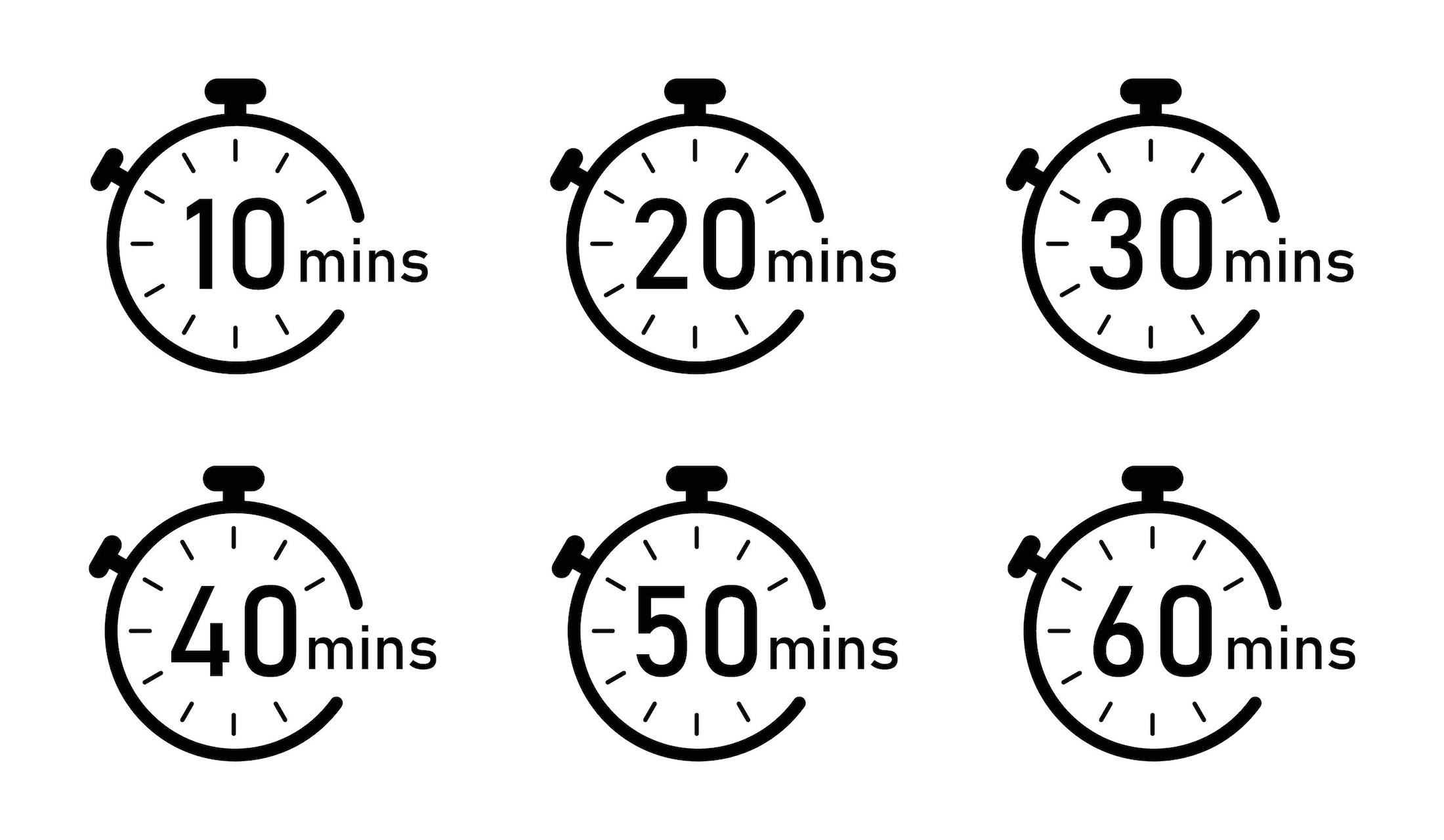To open or not to open? That is the question. As uncertainty continues, new leaders may emerge from the crisis, paving the way forward. Thanks to clear and consistent communications, they can rebuild trust with employees and customers alike.
As we begin to look past lockdowns, our pandemic-ridden world is likely to remain in a state of flux. More than ever before, employees and customers aspire to clarity and guidance from leaders they want to be able to trust and respect.
Communicate openly and regularly
Initially, as the pandemic spread, some forward-thinking CEOs issued statements aimed at customers and employees, to offer words of assurance. The mere act of communicating pro-actively was probably more important that the message itself—it takes courage and leadership to be a first-mover, at a time when companies, and governments, are flying blind. (I’ve written before about the importance of being proactive when it comes to crisis communications.)
We are all still living through this critical moment in History. Leaders are expected to display courage by attempting to provide clarity amid the chaos. As the crisis drags on, with so many employees and customers still isolated at home, regularity of leadership communications is also paramount.
In stark contrast with the current occupant of the White House, Franklin D. Roosevelt stands out as a perfect example of an inspirational leader who leveraged communications to steer a nation forward. During his historic four-term presidency, FDR had to lead the United States through not only the Great Depression but the attack on Pearl Harbor and World War II. Soon after he became president in 1933, when the country was in the midst of the Great Depression, he began delivering evening radio addresses to the American people, which became known as “fireside chats,” the origins of a format for dialogue that remains popular today. He was to deliver 30 such fireside chats between 1933 and 1944.
While the length of the speeches varies from 11 to 40 minutes, what remains consistent is the way FDR uses language: simple words and a conversational tone, to reach and be understood by Americans from all walks of life. Starting always with “My friends” or “My fellow Americans”, he refers to himself and the American people as “I” and “you” to establish a personal rapport. In doing so, FDR uses empathy to bridge the gap between the people and their President, while inspiring confidence and reinforcing trust in his leadership.
Engage with empathy
If communications are the building blocks of relationships, then empathy is the cement that holds them together. Without a strong sense of an audience’s point of view (i.e. fears, expectations and aspirations), we cannot communicate effectively. “Audience First” is our own Golden Rule at EBM for high-impact communications.
Empathy can be practiced and cultivated—or sometimes even summoned on command, if the situation requires. In fact, I often advise CEOs to ‘Fake It until you Make It’. An effective communicator will generate additional audience ‘buy-in’ by demonstrating active listening, and recognizing listeners’ needs. In a nutshell: listen and you will be listened to.
In today’s Covid19 environment, where virtual meetings have become the norm, it is critical to demonstrate active listening and empathy, to overcome physical distance and retain audience engagement. Apple Inc. AAPL seems to have understood this winning strategy for its leadership communications: at company-wide virtual town hall meetings, employees are encouraged to both submit questions for CEO Tim Cook, and to share their experiences of life in lockdown. Meanwhile, Cisco Systems CSCO CEO Chuck Robbins is leading a weekly company-wide videoconference, where medical professionals are on hand to respond to employee questions regarding COVID-19, mental health, and more.
Empower through purpose
Brands and businesses love to talk about purpose. And yet, in times of crises, words are not enough. They must be backed by concrete actions. CSR—the ubiquitous “Corporate Social Responsibility”—can no longer be seen as mere corporate “greenwashing.”
With the health of employees and customers currently hanging in the balance, and a massive economic downturn looming, every company’s social responsibility is likely to be scrutinized. Leaders should take this once-in-a-lifetime opportunity to demonstrate their commitment to human values.
Since the outbreak of the pandemic, some companies have been quick to contribute. Ford is leveraging its manufacturing capacity, and joining forces with 3M MMM and GE Healthcare, to supply respirators and other medical equipment. Fast food chains such as Prêt-a-Manger, Domino’s Pizza DPZ , and KFC have donated food to frontline workers, while hotel chains like Marriott and Hilton are providing free accommodation to doctors and nurses near hospitals. Adobe ADBE made their Creative Cloud free for K-12 educational institutions, while Google GOOGL and other tech giants have given away hundreds of millions of dollars in ad credits to small businesses.
When the pandemic is finally over, those companies that demonstrated fearless leadership will be the ones that remain relevant in the eyes of consumers and employees.
Click here to see all Adrian Dearnell’s Forbes contributions





